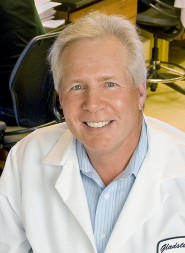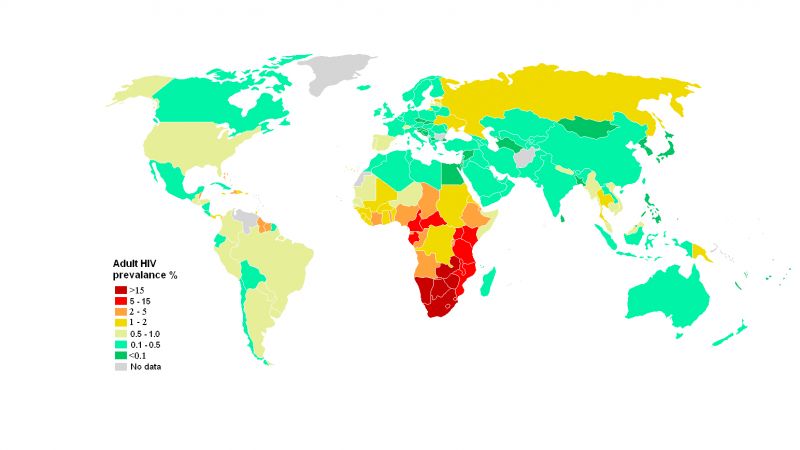http://www.kqed.org/.stream/anon/radio/quest/2011/11/2011-11-28-quest.mp3
 Thursday, December 1st is World AIDS Day, a time to remember those who have died from the disease and focus on efforts to defeat the virus. It’s been thirty years since the first cases of AIDS were identified. QUEST's Andrea Kissack recently spoke with Warner Greene, Director of the Gladstone Institute of Virology and Immunology in San Francisco about the latest in HIV research.
Thursday, December 1st is World AIDS Day, a time to remember those who have died from the disease and focus on efforts to defeat the virus. It’s been thirty years since the first cases of AIDS were identified. QUEST's Andrea Kissack recently spoke with Warner Greene, Director of the Gladstone Institute of Virology and Immunology in San Francisco about the latest in HIV research.
More than 60-million people are infected with HIV, worldwide, and more than 25 million have died of the virus according to Greene. While HIV has become more of a chronic disease in the U.S., thanks to progress in antiretrovirals, it still continues to expand across the globe. In Sub-Saharan Africa, approximately 25 million people are living with the disease. In fact, for every person put on antiretrovirals, two more become infected. Says Greene, “We do not yet have a winning strategy in Africa.”
Greene views HIV research now as three big unanswered questions:
-
1) We need a vaccine for those that are not infected
2) We need a cure for those that are infected
3) We need to understand why individuals who are on antiretrovirals, and doing well, are dying ten to fifteen years before their time.
Greene says scientists at Gladstone, and around the world, are looking at promising research that could one day lead to a cure. “Right now people have to take the antiretroviral medicines for their entire life because there is a small set of cells that are harboring a latent or sleeping form of the virus which is not affected by antiretrovirals but once in a while it wakes up and spits out new virus. But if you remove antiretroviral therapy, after years of successful treatment, the slumbering virus can rekindle the entire fire and lead to a full blown infection within weeks. There are programs being funded by the federal government to attack these latent reservoirs,” says Greene who is working on the latency challenge at Gladstone.
